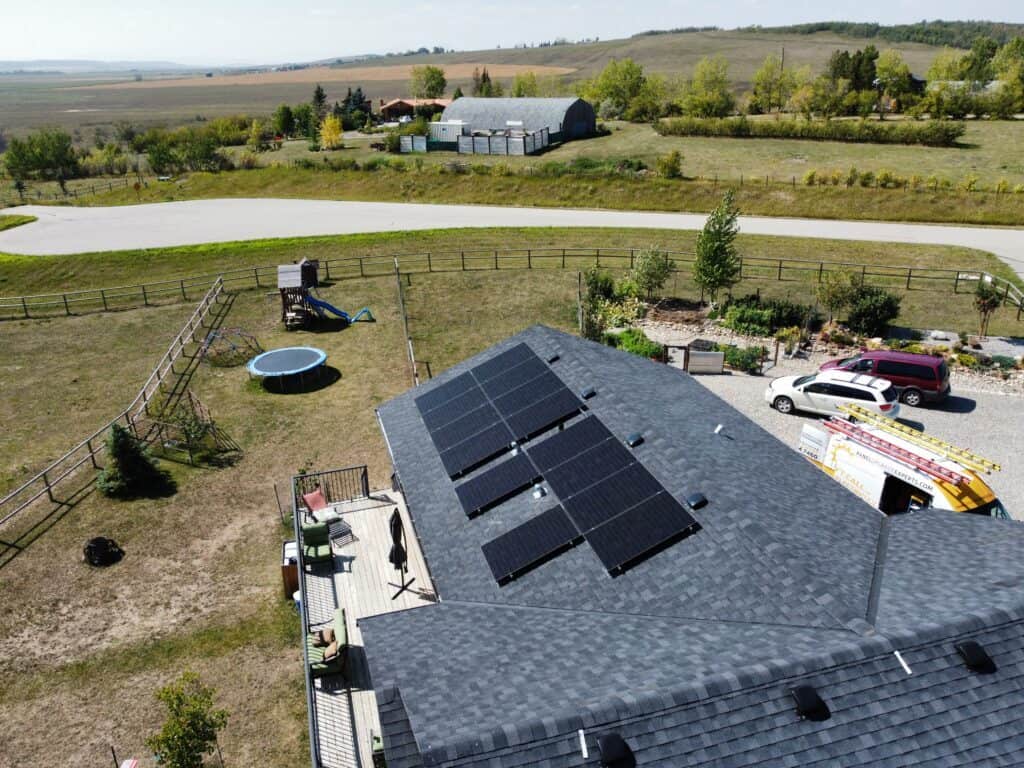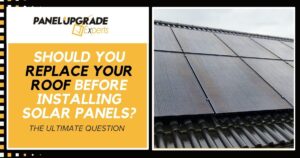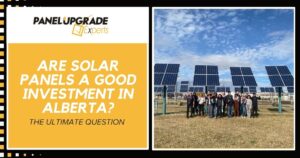The phase-out of coal-fired power in Alberta has been underway for several years, but it’s happening faster than anyone expected. What’s often missed in the conversation is just how quickly renewable energy is filling the gap. According to the Alberta Electric System Operator (AESO), 14 percent of all electricity generated in the province in 2020 came from renewable sources such as wind, hydro, and solar. By early 2022, total renewable capacity had already climbed to around 23 percent — and is projected to keep growing as investment in clean energy accelerates.
The Canada Energy Regulator expects Alberta to add roughly 1,200 megawatts of new solar capacity by 2023. Under the provincial Renewable Electricity Act, Alberta has set a goal of producing 30 percent of its electricity from renewable sources by 2030, with an interim target of 15 percent by this year. That target appears well within reach.
Why Alberta Is a Prime Location for Renewable Development
1. Exceptional Wind and Solar Conditions
Southern Alberta enjoys more than 2,500 hours of sunshine each year — roughly the same as Germany and on par with Florida. The region also has some of the most consistent and powerful wind resources in North America. Combined with open land and existing transmission infrastructure, Alberta offers an ideal environment for solar farms and wind projects alike.
While coal has long been the backbone of Alberta’s electricity supply, the transition away from it is far ahead of schedule. Natural-gas conversions and the falling capital costs of renewables have sped up the shift, and many experts anticipate that coal will be fully removed from the grid by 2023 — several years earlier than originally planned.
2. Strong Government and Industry Support
Government initiatives have helped spur the province’s clean-energy growth. In 2017 and 2018, AESO launched a competitive program to encourage utility-scale renewable development, awarding contracts for more than 1,360 megawatts of capacity. Other programs aimed at municipalities, Indigenous communities, and farms have further boosted small and medium-scale renewable installations.
3. Falling Costs of Renewable Power
The cost of building renewable energy projects continues to decline, making them increasingly competitive with natural-gas generation even without government subsidies. Solar panel prices in particular have dropped sharply, opening the door for more businesses and homeowners to invest in their own clean-power systems.
4. Carbon Pricing and Offsets
Alberta’s carbon-pricing system and active offset market are helping large industrial producers reduce emissions. Under provincial regulations, major emitters can purchase offset credits from renewable energy and other carbon-reduction projects. Many companies are investing directly in new renewable facilities to generate their own credits while meeting environmental commitments.
Green Energy Momentum in 2022
With the federal government’s focus on a net-zero economy and the introduction of Alberta’s Recovery Plan in late 2020, renewable energy continues to gain traction. The 2021 federal budget committed significant funding toward innovation and clean technology, ensuring the electricity sector remains on a strong path toward a lower-carbon future. Alberta’s combination of private-sector flexibility and natural resources makes it one of the most promising regions in Canada for renewable growth.
Thinking About Going Solar in Calgary?
At Panel Upgrade Experts, our goal is to reduce environmental impact by helping Alberta homeowners harness the power of the sun. We design and install professional solar systems in Calgary that meet provincial standards and deliver long-term savings. To learn how solar can work for your home, request your free custom solar quote today.




